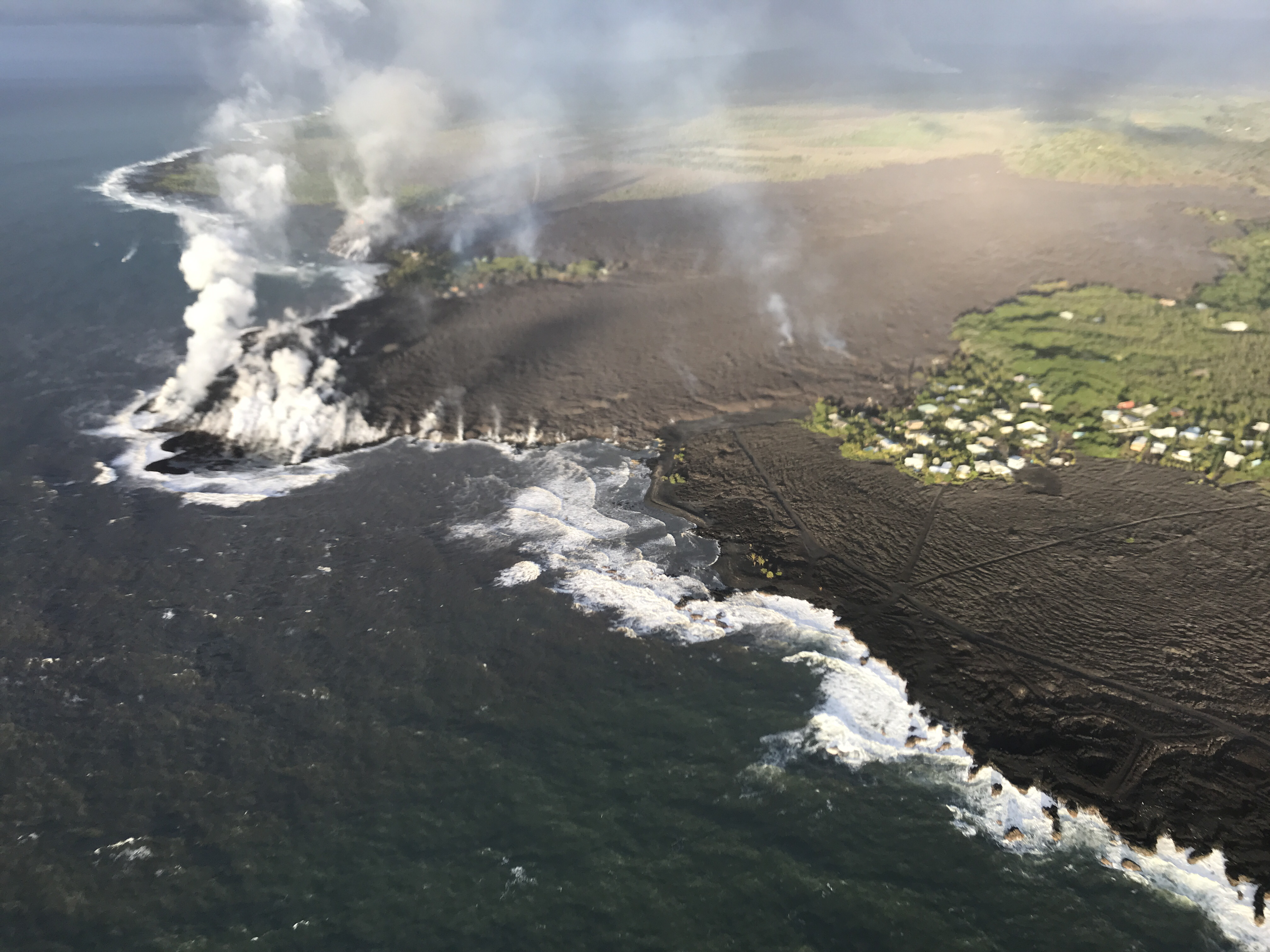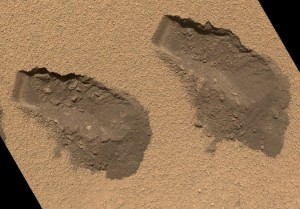
An oil rig.
Eric Hand reports on a new study in Science Magazine that attempts to correlate an increase in seismic activity in Oklahoma to the hydraulic fracturing boom there. Oklahoma has had more magnitude 3 earthquakes this year than California. In the process of extracting natural gas, large amounts of water are pumped or stored underground. The pressure that is built up is thought to weaken the forces keeping a fault locked, and potentially trigger a rupture. The study by Katie Keranen suggest that the pressure build up could trigger seismic activity as far as 35 km away, and could one day threaten Oklahoma City:
The vast majority of Oklahoma’s more than 9000 injection wells cause no trouble whatsoever. Not so with four high-volume disposal wells used in a dewatering operation near Oklahoma City, the study suggests. The wells pump more than 4 million barrels (477,000 cubic meters) of water into the ground every month. Katie Keranen, a geophysicist at Cornell University, and colleagues found that the four wells are capable of triggering the earthquakes. By combining precise maps of Jones swarm earthquakes with a hydrogeologic model, they showed that an expanding underground wave of pressure from the wells (named Chambers, Flower Power, Deep Throat, and Sweetheart) closely matched the places and times of the quakes in the swarm. The company that owns the wells, New Dominion, based in Tulsa, Oklahoma, declined to answer questions about the study and released a statement saying that it was based on “false assumptions.”
Keranen is concerned that the four disposal wells lie close to the Nemaha fault, which runs through Oklahoma City and is large enough to host a devastating magnitude-7 earthquake. The main fault is unlikely to rupture because local stresses push its two sides together, Keranen says, but an unmapped offshoot might be more susceptible to rising water pressures. In the long term, a magnitude-6 earthquake near Oklahoma City is a plausible hazard, she says.


